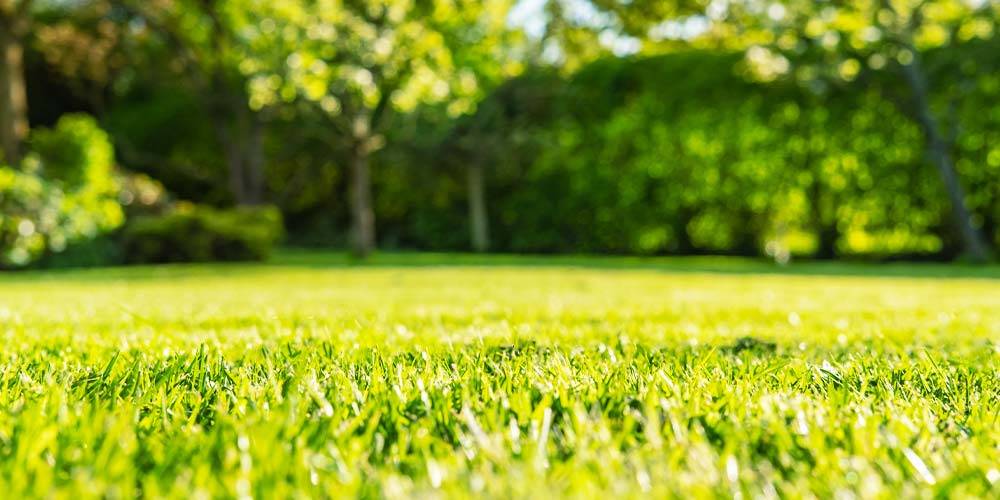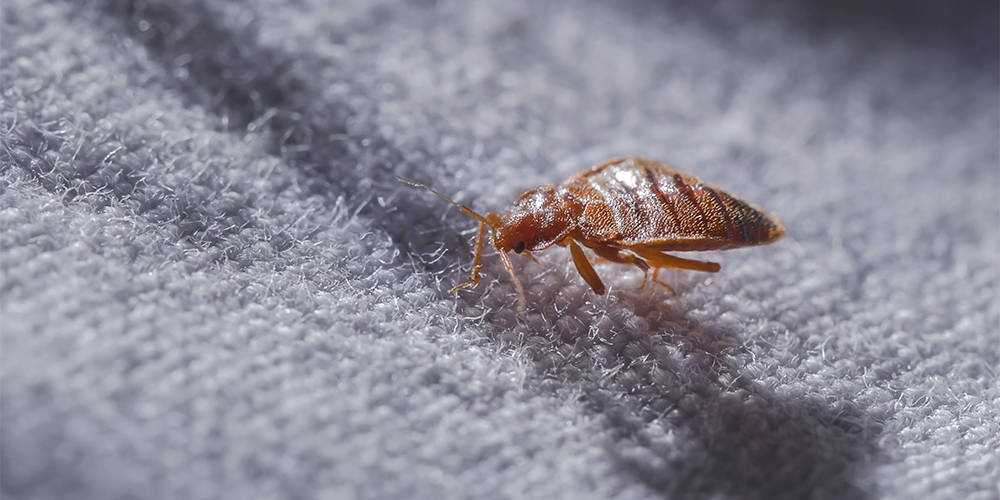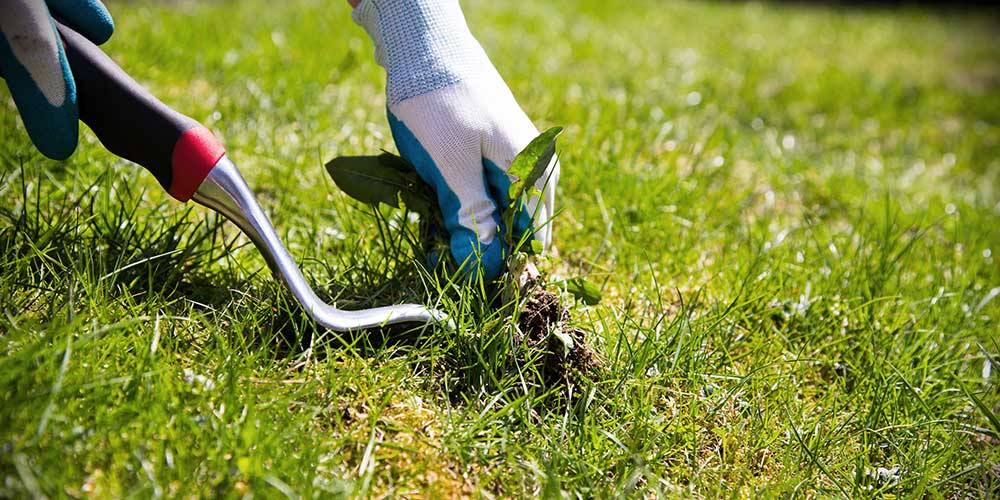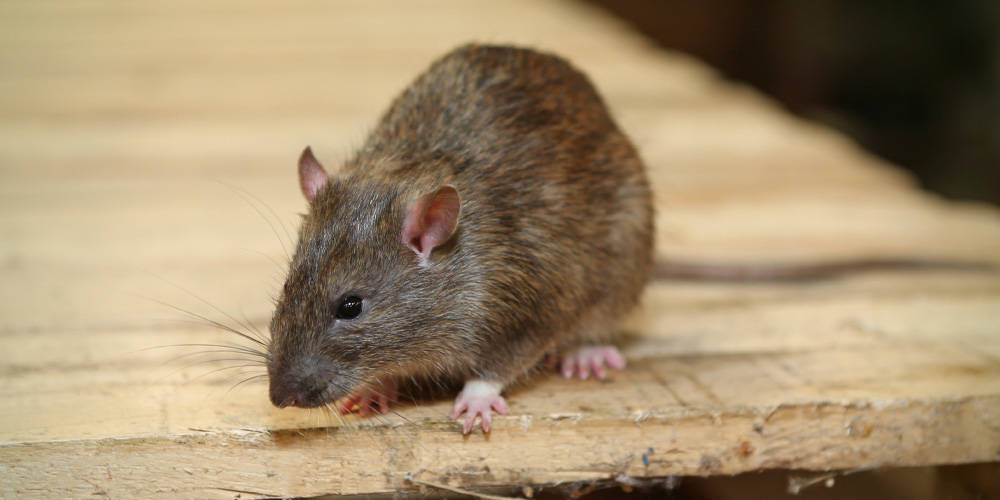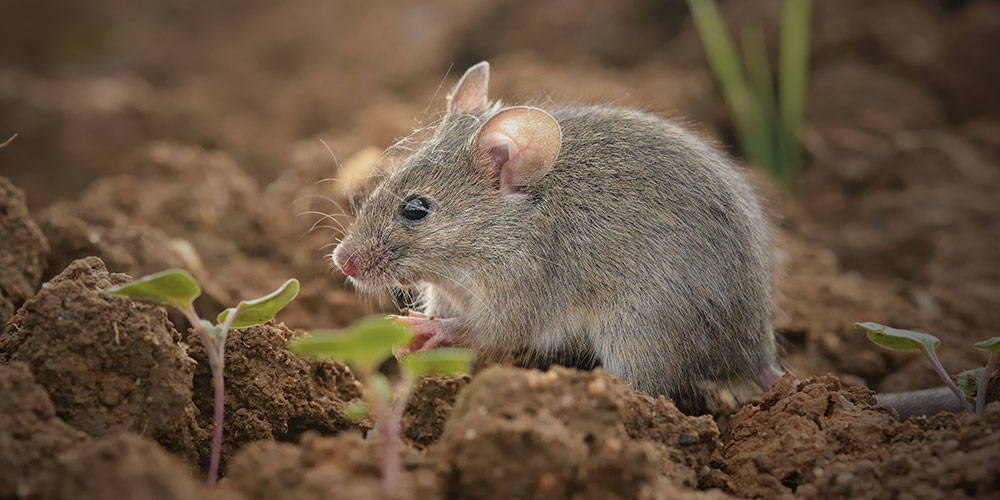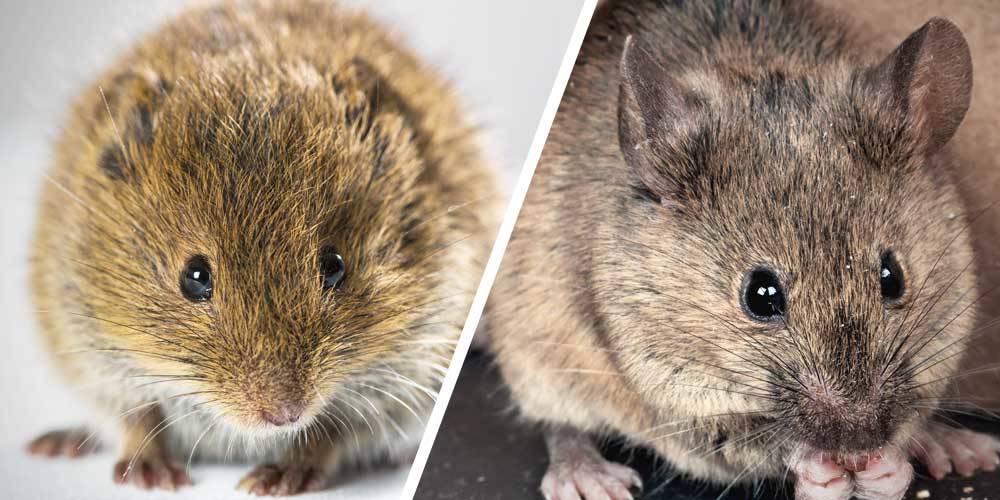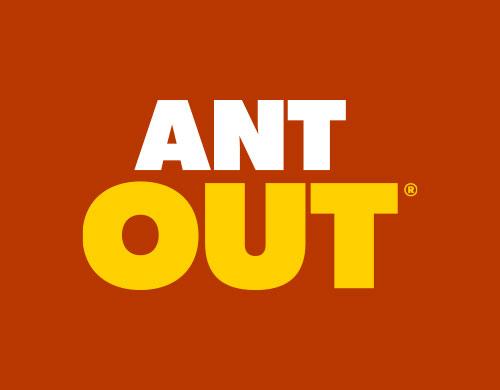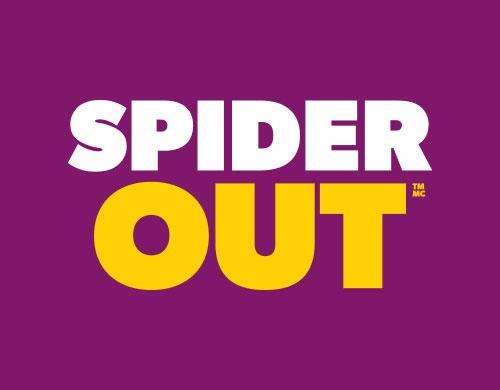Climate change affects the proliferation of rodents
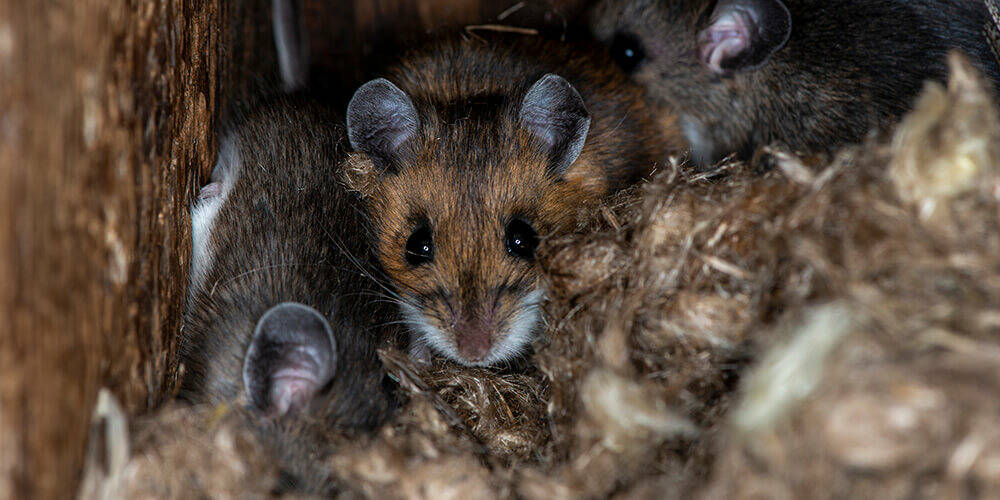
While weather disasters and the destruction of habitats and species are at the heart of the fight, the proliferation of pests is increasingly worrying the scientific community. The ecological imbalance linked to climate change threatens public health, food security and biodiversity.
Impact of climate change on species
Studies show that global warming causes a displacement of species and promotes the proliferation of harmful species in places where they were controlled a few years before. The state of the climate could also lead to a rapid physiological mutation in certain species. Some point to a transformation of their lifestyle or a modification of their diet linked to migration. Other studies, more worrying, warn of the possible disappearance of a species.
This is what we see, for example, in turtles. At temperatures above 31 °C, their eggs contain only female turtles. This is why today, north of the Great Barrier Reef, only 13% of turtles are males. The same is true for different species of turtles elsewhere in the world.
Rat populations rise as climate warms
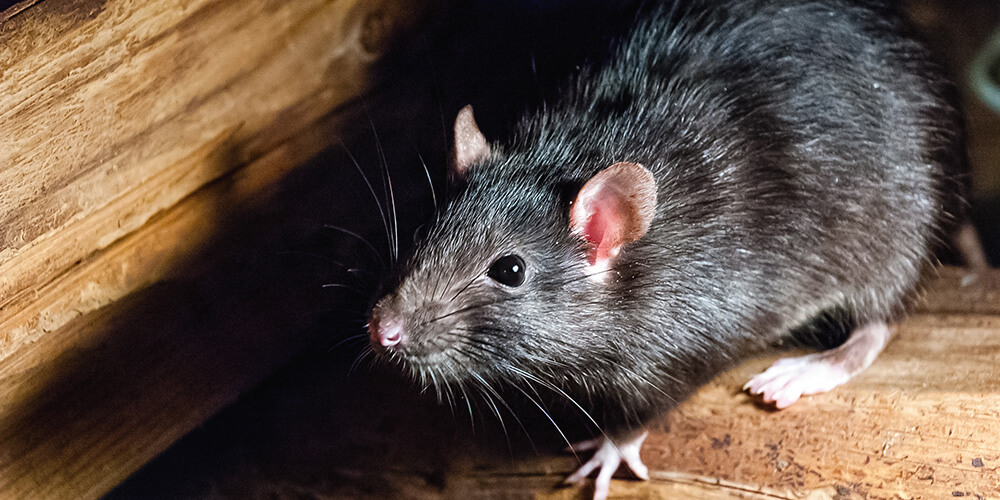
As the Earth warms, plants and wild animals have no choice but to adapt or perish. While the survival of certain species is threatened, some pests adapt quickly to the effects of global warming and even see their populations increase into different regions of the globe.
Rats are among the species that adapt the best and have been since the dawn of time. This explains why brown rats have managed to colonize the entire world. Reproducing at an impressive rate, they are able to withstand difficult conditions and can eat practically anything. These opportunists take little time to invade a territory... whether it is a large metropolis or an isolated island in the Pacific.
And as more fragile native species give way, rats will move in, contributing to the extinction of some animals. This is currently happening in Hawaii, where rats are threatening some native birds in their own territory.
NOTE:
Their ability to adapt does not guarantee the survival of all their species. Rising sea levels and extreme events have led to the disappearance of 97% of the territory once inhabited by an Australian rodent (melomys rubicola). No specimens have been seen since 2009.
Discover effective solutions to eliminate rats here : Undergoing Rat Infestation? We have got Your Back! | Buy Now | Wilson Control
How is climate change affecting rats and mice?
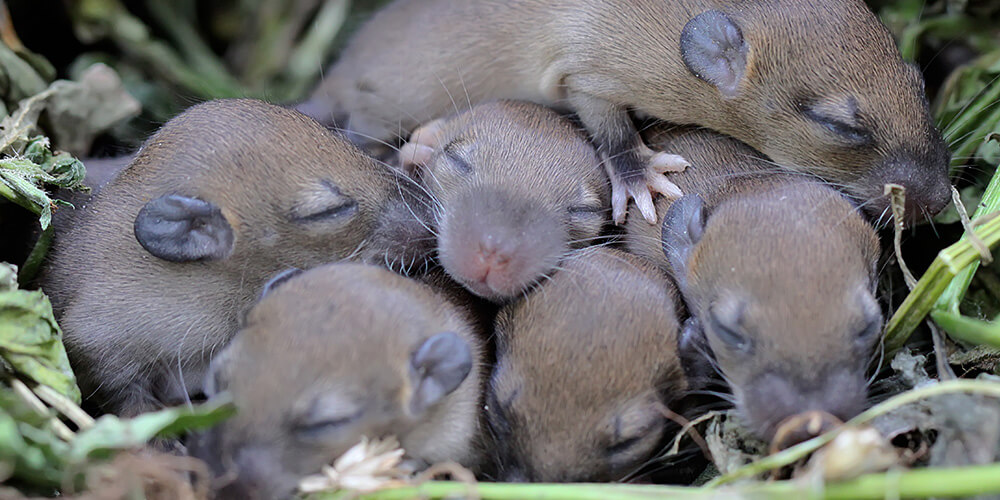
The effects of climate change require increased vigilance on the part of everyone and a global awareness of the urgency of taking action to prevent global warming. Here are the phenomena observed.
How quickly do rodents reproduce?
The reproduction cycles of several species of pests, including cockroaches, rats and mice, are closely linked to temperature. Particularly warm autumns, mild winters and early springs allow mice, for example, to give birth to three additional litters each year.
That's a lot when you consider that a single mouse can produce between 50 and 100 young mice every year and that each female baby can in turn reproduce six weeks after birth. Global warming is causing these cycles to accelerate, leading to exponential population growth.
If you think you have a mouse or rat in your home, know that it is unlikely to be alone. Acting quickly can prevent the worst: property damage, spaces soiled by urine and excrement, the need to call an exterminator, decontaminating the house. This explains why some owners install traps and baits preventively before the cold weather arrives.
Consult the list of different anti-rodent solutions here : Shop best Mice Control Products For Indoor & outdoor Usage | Wilson Control
PLEASE NOTE: Since a mouse can fit into a hole the diameter of a dime, it is important to regularly inspect the house and make the necessary repairs to prevent mice from entering. To find out if you have forgotten anything, read our article : Keeping mice out of your home | Wilson Control
Climate change impacts on ecosystems
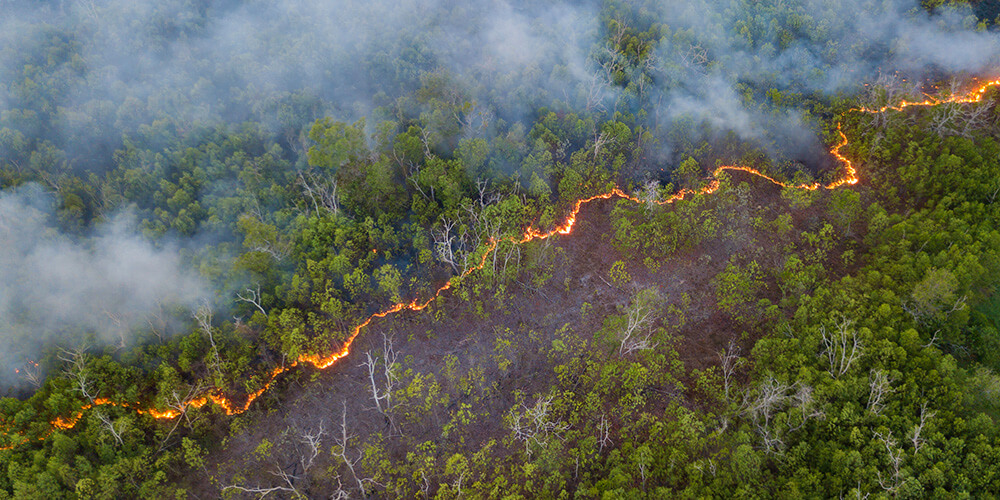
Climate change is disrupting ecosystems, leading to the forced migration of species and causing, at the same time, the geographic expansion of pests. Several species are moving north to find living conditions that are favourable to them.
Habitat transformation is associated with rising temperatures, drought, forest destruction and soil erosion. Extreme precipitation linked to climate change should not be forgotten, as flooded areas are conducive to the proliferation of rodents.
Any change in ecosystems can encourage the establishment of pest species in new habitats. Note that native species, which may be more fragile and less adaptable, are not necessarily able to cope with a geographic expansion.
Mouse migration
Canadian researchers have observed a complete inversion of the proportions of two different species of mice for given regions. Their study reveals, among other things, that in the Gault Nature Reserve of McGill University, 40 kilometres from Montreal, 9 out of 10 specimens were deer mice in 1970, and 1 out of 10 was a white-footed mouse. Fifty years later, the proportions have completely reversed.
As winters became milder, the white-footed mouse migrated north, at a rate of 11 kilometres per year.
Competition for food, as well as a change in eating habits caused by this forced migration, could explain the morphological changes observed in the two species. Among these transformations, we note the displacement of a molar, indicating that they must now grind their food.
The decrease in host resistance
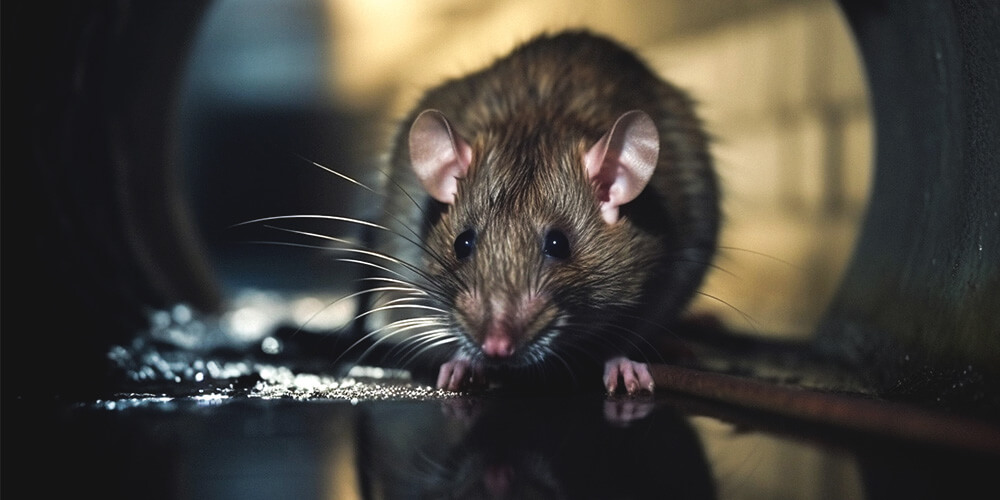
The stress caused by climate change can weaken the natural defenses of host plants or animals, making them more vulnerable to infestations. The same phenomenon was observed in the Middle Ages when the disappearance of large rat populations led fleas to seek new hosts, in this case humans, leading to plague epidemics.
The disappearance of natural predators
Once established in new habitats, there is no guarantee that the migrating species will be confronted with its predators there. This upheaval, in terms of the geographical distribution of species, has the effect of unbalancing food chains and leading to the proliferation of pests and infestations that are increasingly difficult to control.
A desynchronization that disrupts the natural balance
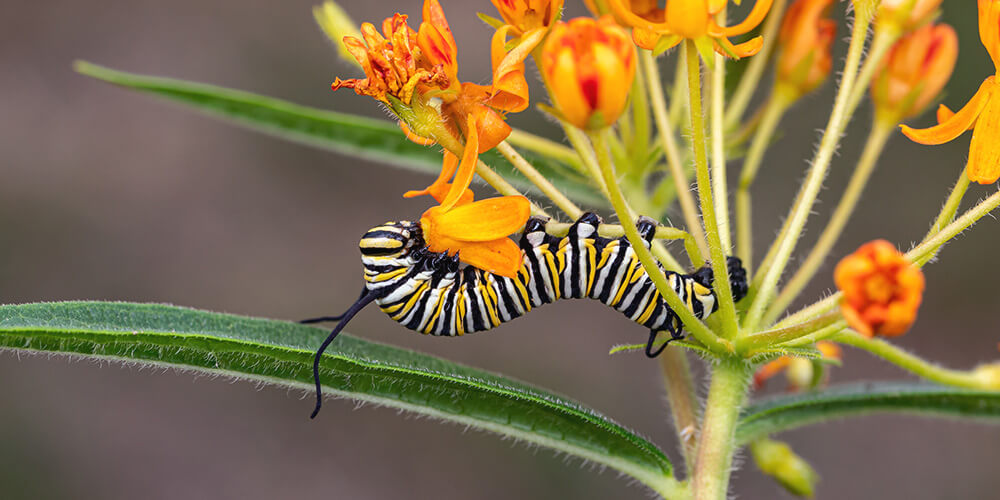
Climate change can also be the cause of a desynchronization between a prey and its predators, between a plant species and its main pollinator, between the life cycle of a plant and that of the animal that feeds on it.
Think of the fragile monarch caterpillars, whose survival depends on milkweed, or even fawns, whose survival is threatened by an earlier spring. The time when vegetation is reborn no longer automatically coincides with the birth period.
Public health and food safety: the consequences of the proliferation of pests
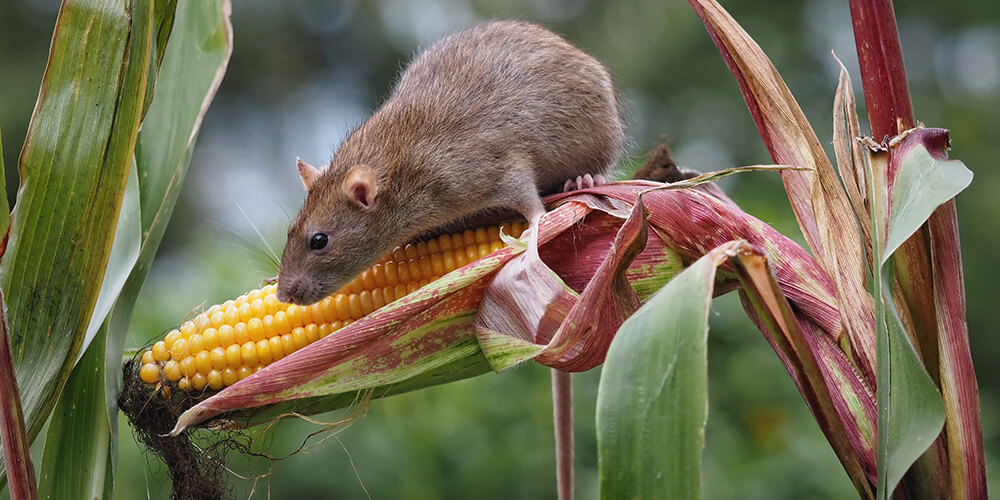
Infestations linked to climate change are a major issue for food safety and public health. We obviously think of the destruction of crops, but also of food contaminated by rodents and the transmission of diseases (hantavirus, leptospirosis, salmonellosis, toxoplasmosis, ringworm, plague, hemorrhagic fever).
Several diseases can be transmitted to humans through direct or indirect contact with rodent urine, excrement or saliva. By promoting the proliferation of pests, climate change threatens global populations in another way.
Other pests to watch out for
The infestations exacerbated by climate change are not the result of just a few species in targeted regions of the world. They can be caused by many plant or animal species and affect all continents.
Proliferation of insects
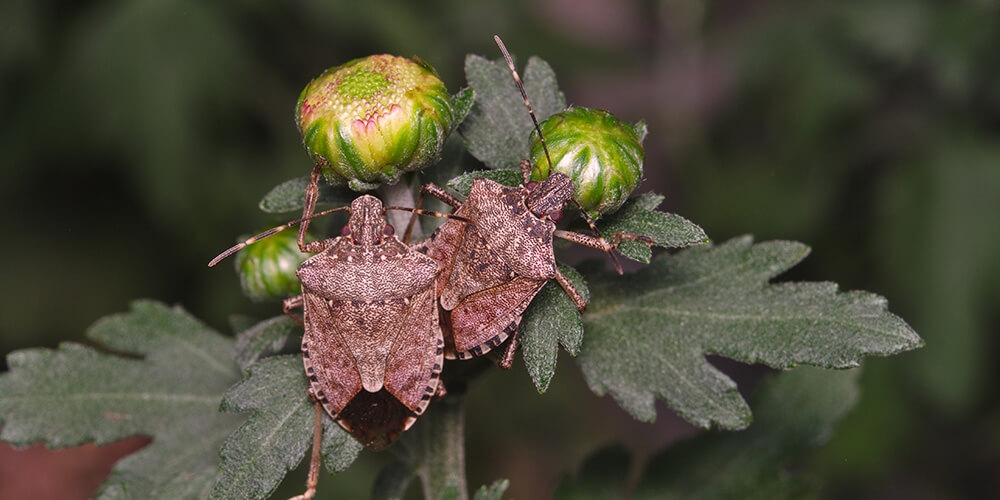
Among insects, the spread of the tiger mosquito, the red palm weevil or the marmorated stink bug is favoured by climate change.
The same is true for ticks, now present in regions where they were previously absent. While it cannot be guaranteed that this phenomenon is due to climate change, the fact that winters are becoming shorter and milder ensures the survival of a greater number of larvae and extends the insect's active season.
Native vegetation under threat
Certain diseases caused by fungi and bacteria are also expanding in the plant world. Milder temperatures promote the spread of diseases and are, along with drought, forest fires or torrential rains, a threat to crops, forests and all biodiversity.
The proliferation of invasive species, some of which are exotic, also threatens ecosystems by taking over available space and resources to the detriment of native species. Some, which are more tolerant of extreme heat and lack of water, quickly gain the upper hand over species that are more sensitive to drought. Others adapt easily and quickly gain ground.
It is the case with Japanese knotweed, considered one of the most difficult species to eradicate. In addition to destroying local vegetation, it promotes bank erosion and changes the chemical composition of the soil as well as the diversity of microorganisms. Its roots and stems can also infiltrate cracks in infrastructures, causing real estate values to drop simply because of its presence.
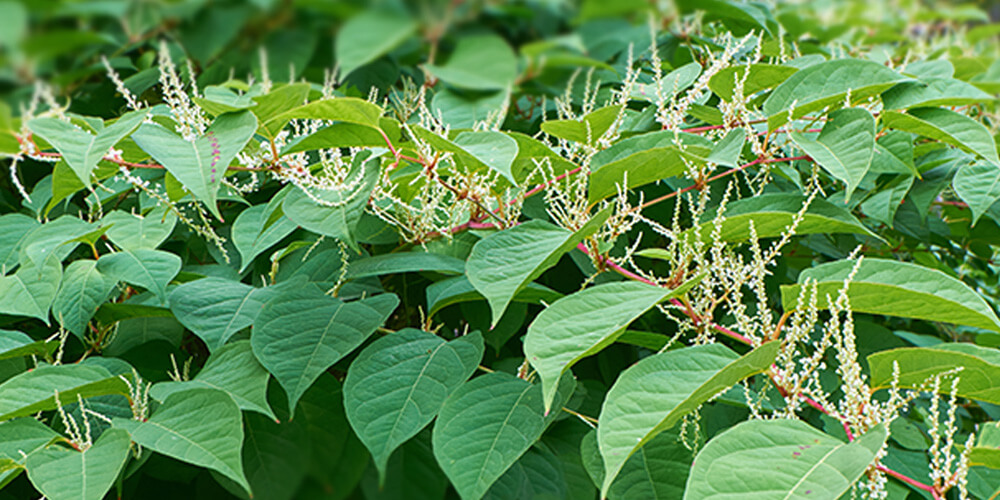
Check if it is present in your garden : The Japanese knotweed, an invasive species | Wilson Control.
Another example which has a direct impact on human health is ragweed. It spreads rapidly, expanding allergy problems with an increasingly high percentage of pollen in the air.
These examples demonstrate more subtle impacts of climate change on our world. Let's be attentive and act quickly. Combatting climate change is the best way to prevent climate-related infestations.
Let's work together to reduce greenhouse gases and adopt more sustainable lifestyles and production methods to protect the planet and future generations.
